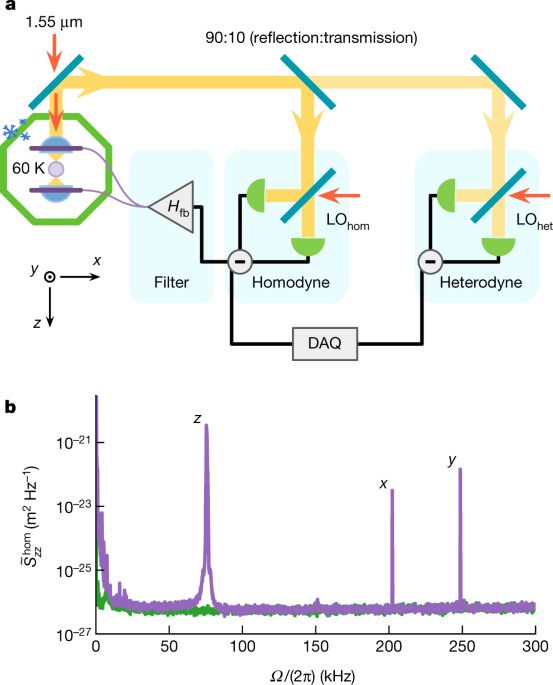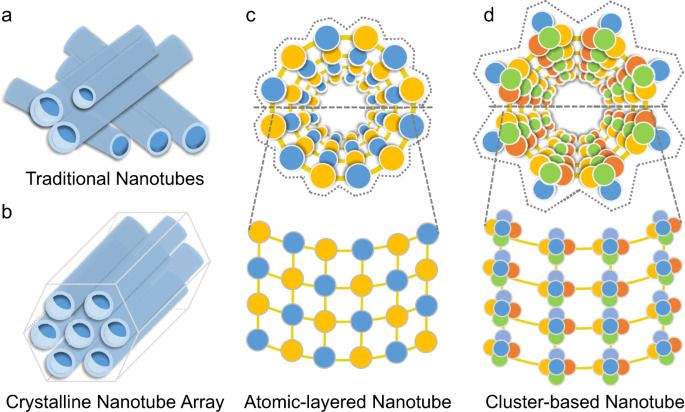A nanoparticle diagnostic tool developed by MIT can detect cancer in urine. It could also be used in scans to detect the disease anywhere in the body.
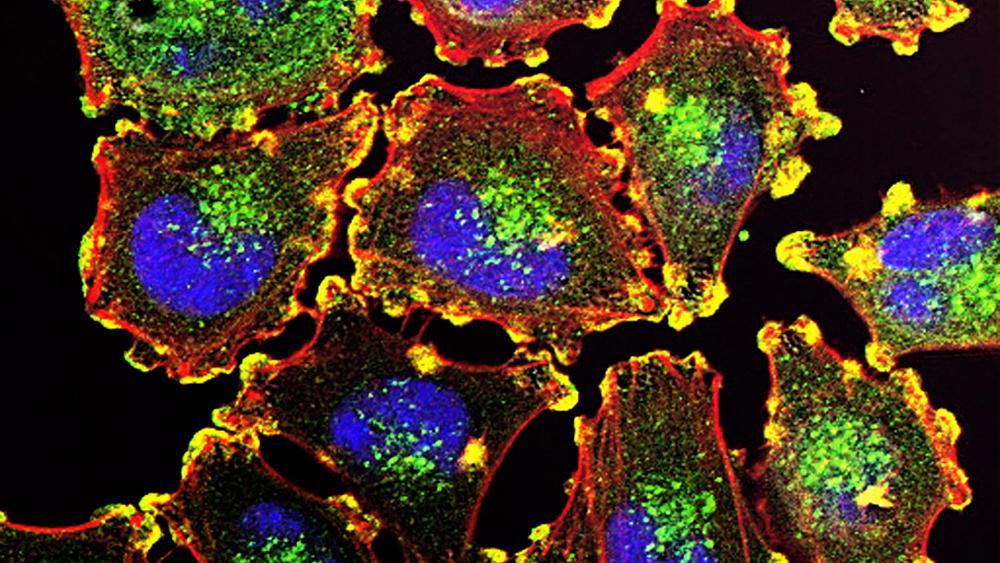

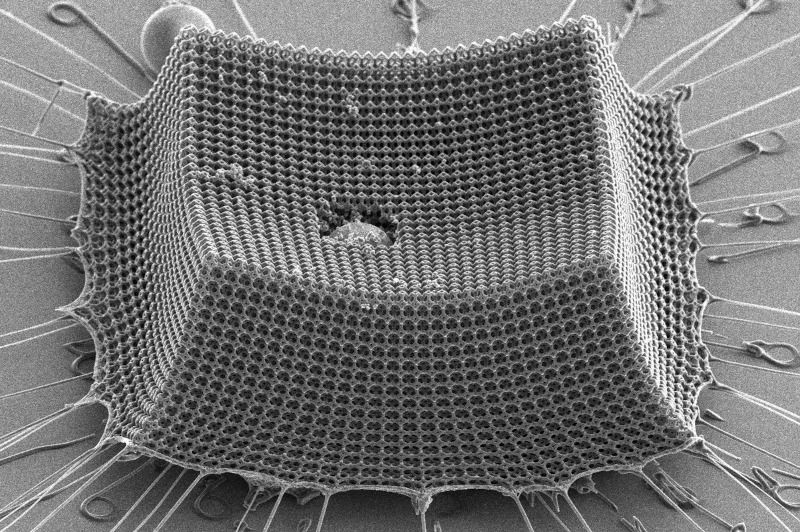
Prior to 1970, bulletproof vests were pretty iffy, with a history extending as far as the 1500s when there were attempts to make metal armor that was bulletproof. By the 20th century there was ballistic nylon, but it took kevlar to produce garments with real protection against projectile impact. Now a 3D printed nanomaterial might replace kevlar.
A group of scientists have published a paper that interconnected tetrakaidecahedrons made up of carbon struts that are arranged via two-photon lithography.
We know that tetrakaidecahedrons sound like a modern invention, but, in fact, they were proposed by Lord Kelvin in the 19th century as a shape that would allow things to be packed together with minimum surface area. Sometimes known as a Kelvin cell, the shape is used to model foam, among other things.
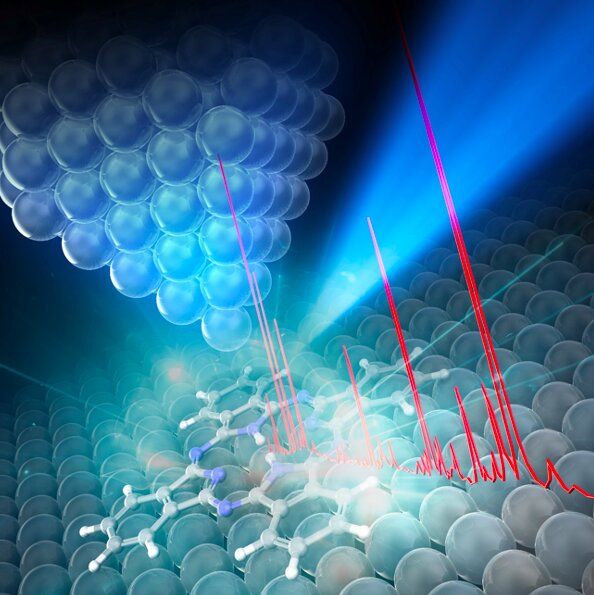
When molecules are excited, they can give rise to a variety of energy conversion phenomena, such as light emission and photoelectric or photochemical conversion. To unlock new energy conversion functions in organic materials, researchers should be able to understand the nature of a material’s excited state and control it.
So far, many scientists have used spectroscopy techniques based on laser light in research focusing on excited states. Nonetheless, they were unable to use laser light to examine nanoscale materials, due to its limitations in so-called diffraction. The spectroscopic measurement methods applied to electron and scanning probe microscopes that can observe substances with atomic resolutions, on the other hand, are still underdeveloped.
Researchers at RIKEN, the Japan Science and Technology Agency (JST), University of Tokyo and other Institutes in Japan have recently developed a laser nanospectroscopy technique that could be used to examine individual molecules. This technique, presented in a paper published in Science, could open up new possibilities for the development of various new technologies, including light-emitting diodes (LEDs), photovoltaics and photosynthetic cells.

Electrons in metals try to behave like obedient motorists, but they end up more like bumper cars. They may be reckless drivers, but a new Cornell-led study confirms this chaos has a limit established by the laws of quantum mechanics.
The team’s paper, “T-Linear Resistivity From an Isotropic Planckian Scattering Rate,” written in collaboration with researchers led by Louis Taillefer from the University of Sherbrooke in Canada, published July 28 in Nature. The paper’s lead author is Gael Grissonnanche, a postdoctoral fellow with the Kavli Institute at Cornell for Nanoscale Science.
Metals carry electric current when electrons all move together in tandem. In most metals, such as the copper and gold used for electrical wiring, the electrons try to avoid each other and flow in unison. However, in the case of certain “strange” metals, this harmony is broken and electrons dissipate energy by bouncing off each other at the fastest rate possible. The laws of quantum mechanics essentially play the role of an electron traffic cop, dictating an upper limit on how often these collisions can occur. Scientists previously observed this limit on the collision rate, also known as the “Planckian limit,” but there is no concrete theory that explains why the limit should exist, nor was it known how electrons reach this limit in strange metals. So Ramshaw and his collaborators set out to carefully measure it.

More TAME! The first part of this has a lot of result data.
Foresight Biotech & Health Extension Meeting sponsored by 100 Plus Capital.
2021 program & apply to join: https://foresight.org/biotech-health-extension-program/
Nir Barzilai, Albert Einstein School of Medicine.
TAME Q&A: Lessons for Progress on Aging.
About Nir Barzilai:
Nir Barzilai, MD, is a Professor in the Department of Endocrinology Medicine and the Department of Genetics at the Albert Einstein College of Medicine. He is also the Ingeborg and Ira Leon Rennert Chair of Aging Research at the Albert Einstein College of Medicine. Dr. Barzilai is the founding director of the Institute for Aging Research at Albert Einstein College of Medicine and the Director of the Nathan Shock Center for Excellence in the Basic Biology of Aging, funded by the National Institutes of Health (NIH); the center is coordinating 80 investigators and six program projects on the biology of aging. He is also the director of the Glenn Center of Excellence in the Biology of Human Aging. He is a chaired professor of medicine and of genetics and a member of the Diabetes Research Center and the divisions of endocrinology and geriatrics. Dr. Barzilai’s interests focus on several basic mechanisms in the biology of aging, including the biological effects of nutrients on extending life and the genetic determinants of life span. His team discovered many longevity gene in humans, and they further characterized the phenotype and genotype of humans with exceptional longevity through NIH awards. He also has an NIH Merit award investigating the metabolic decline that accompanies aging and its impact on longevity. Dr. Barzilai has published more than 270 peer-reviewed papers, reviews and chapters in textbooks. Dr. Barzilai serves on several editorial boards and advisory boards of pharmaceutical and start-up companies, and is a reviewer for numerous journals. A Beeson Fellow for Aging Research, Dr. Barzilai has received many other prestigious awards, including the Senior Ellison Foundation Award, the 2010 Irving S. Wright Award of Distinction in Aging Research, the NIA–Nathan Shock Award and a merit award from the NIA for his contributions in elucidating metabolic and genetic mechanisms of aging and was the 2018 recipient of the IPSEN Longevity award. He is leading the TAME (Targeting/Taming Aging with Metformin) Trial, a multi-center study to prove the concept that multi morbidities of aging can be delayed in humans and change the FDA indications to allow for next generation interventions. He is a founder of CohBar Inc. (now public company) and Medical Advisor for Life Biosciences. He is on the board of AFAR and a founding member of the Academy for Lifespan and Healthspan. He has been featured in major papers, TV programs, and documentaries (TEDx and TEDMED) and has been consulting or presented the promise for targeting aging at The Singapore Prime Minister Office, several International Banks, The Vatican, Pepsico, Milkin Institute, The Economist and Wired Magazine. His book, Age Later: Health Span, Life Span, and the New Science of Longevity, was published by St. Martin’s Press in June of 2020.
Zoom Transcription: https://otter.ai/u/0bz5o2crLQncfxlUkctY6NVzcCg.
Join us:
► Twitter: https://twitter.com/foresightinst.
► Facebook: https://www.facebook.com/foresightinst.
► Instagram: https://www.instagram.com/existentialhope/
► LinkedIn: https://www.linkedin.com/company/foresight-institute.
► Support to join: https://foresight.org/donate/membership/
Foresight Institute advances technologies for the long-term future of life, focusing on molecular machine nanotechnology, biotechnology, and computer science.
Follow us here for videos concerning our programs on Molecular Machines, Biotechnology & Health Extension, Intelligent Cooperation, and Existential Hope.
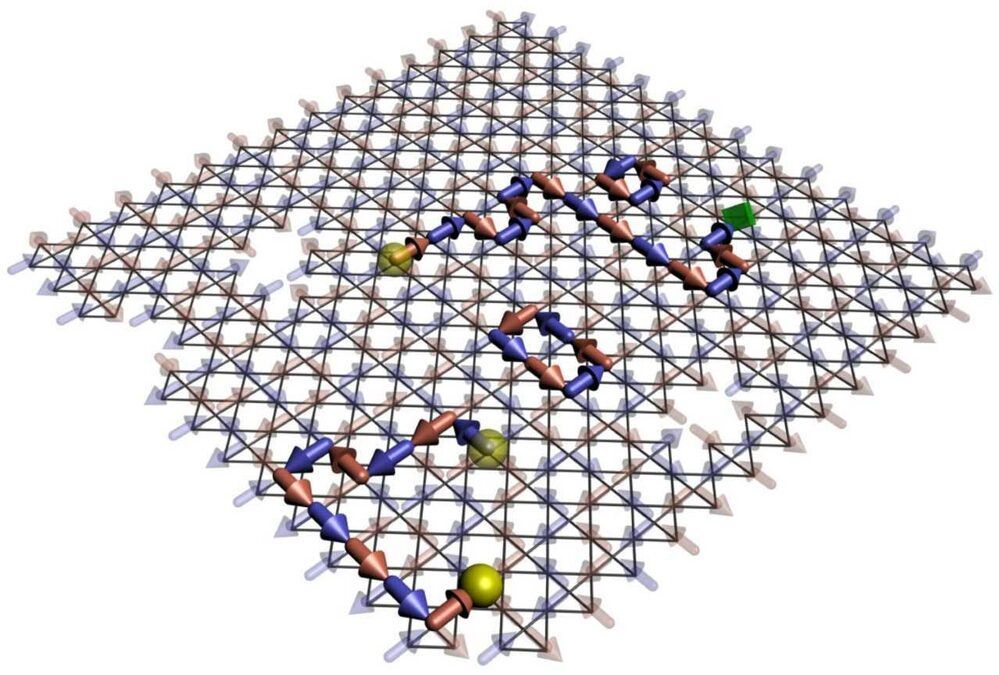
Project offers new step toward study of emergence, ‘materials by design,’ and future nanomagnets.
Using a D-Wave quantum-annealing computer as a testbed, scientists at Los Alamos National Laboratory have shown that it is possible to isolate so-called emergent magnetic monopoles, a class of quasiparticles, creating a new approach to developing “materials by design.”
“We wanted to study emergent magnetic monopoles by exploiting the collective dynamics of qubits,” said Cristiano Nisoli, a lead Los Alamos author of the study. “Magnetic monopoles, as elementary particles with only one magnetic pole, have been hypothesized by many, and famously by Dirac, but have proved elusive so far.”

Circa 2005 o,.o.
Stable and reproducible spontaneous self-ignition and self-supporting combustion have been achieved at room temperature by exposing nanometer-sized catalytic particles to methanol/air or ethanol/air gas mixtures. Without any external ignition, structurally supported platinum nanoparticles instantaneously react with the gas mixtures. The reaction releases heat and produces CO2 and water. Such reactions starting at ambient temperature have reached both high (]600 °C) and low (a few tenths of a degree above room temperature) reaction temperatures. The reaction is controlled by varying the fuel/air mixture. Catalytic activity could be dramatically changed by reducing particle size and changing particle morphology.
